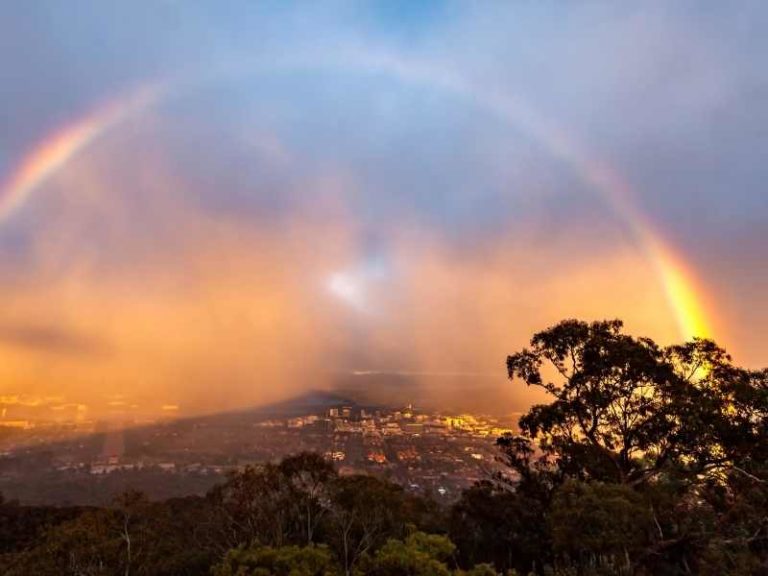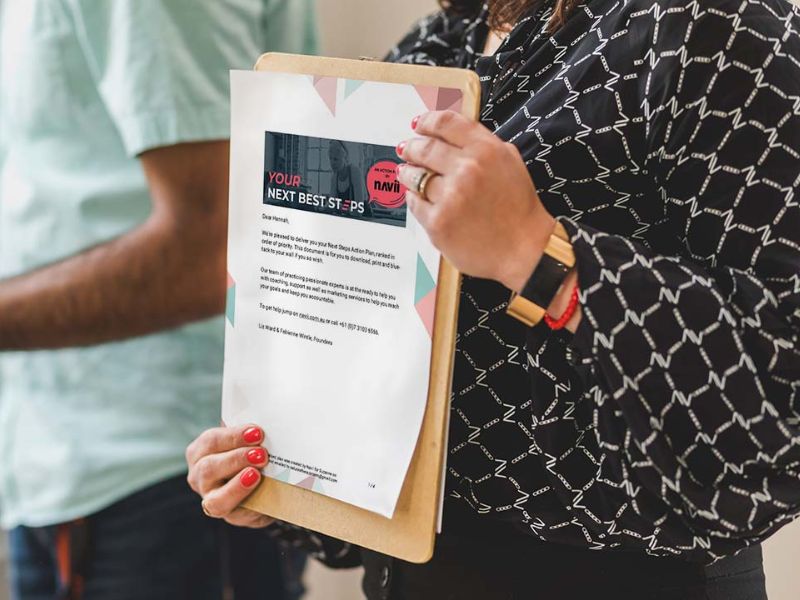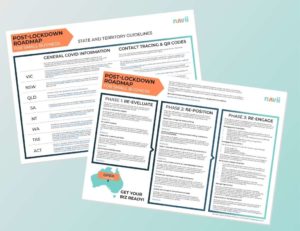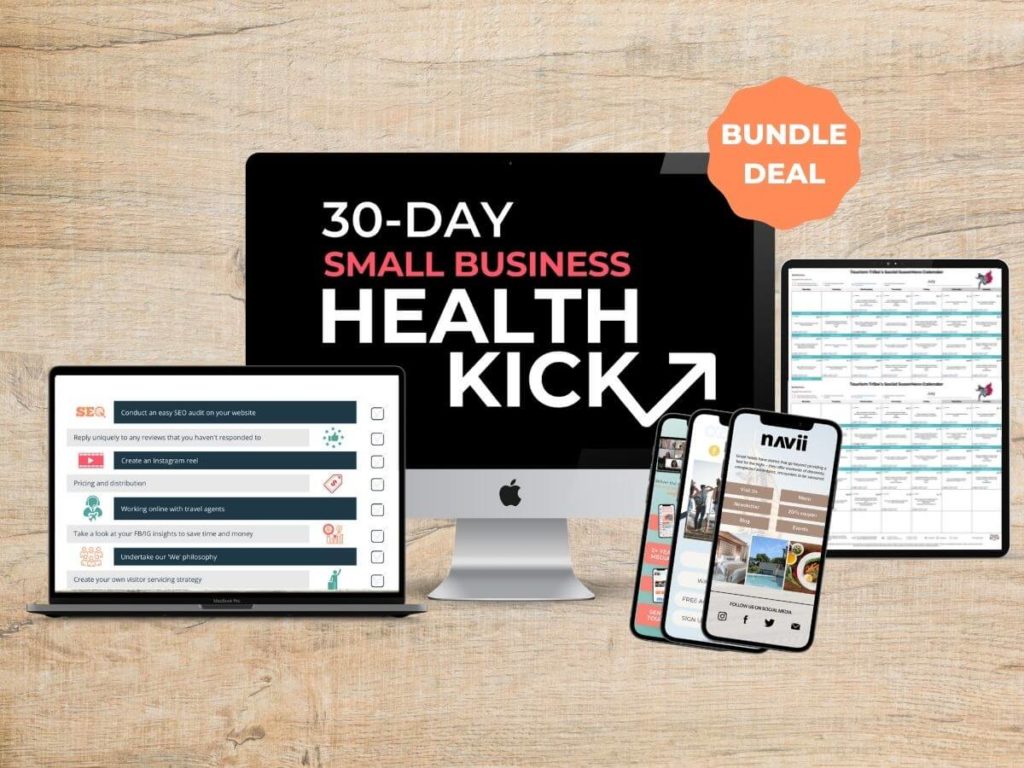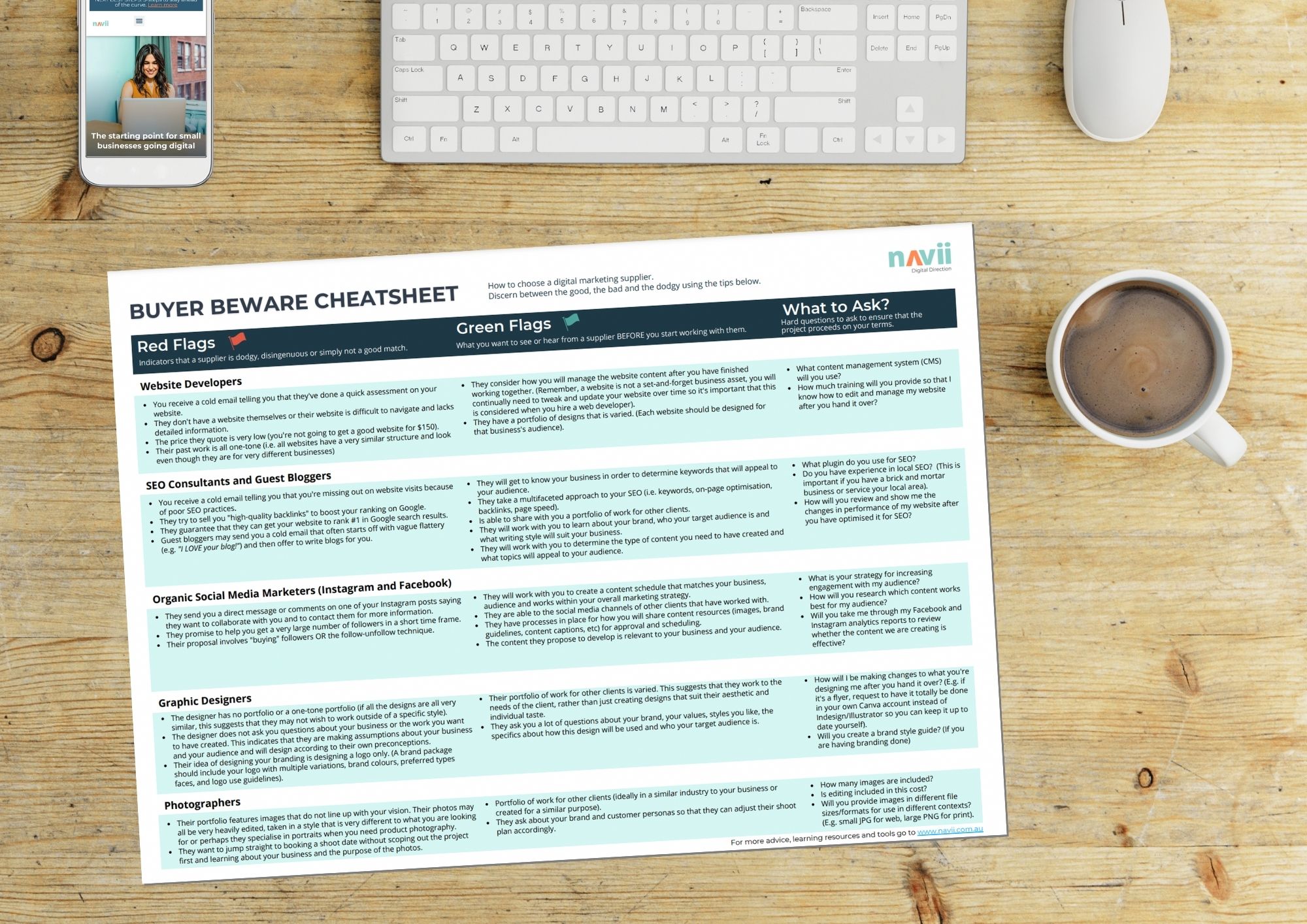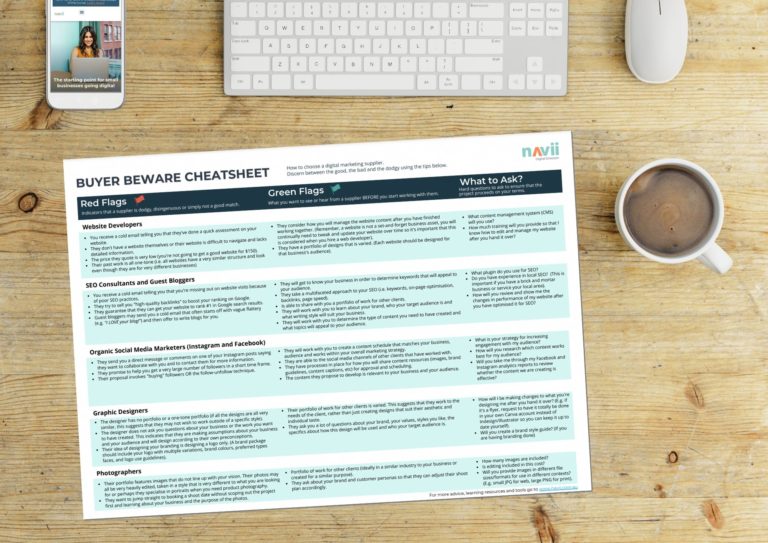Disasters like floods, bushfires, drought, and cyclones ravage our natural surroundings and cause destruction to peoples’ lives and businesses.
Dealing with the immediate priorities, in some cases, just to survive can be overwhelming for small business owners and they are in shock as well and who wouldn’t be in the current disaster crises. Communities across Australia have been traumatised by the Australian bushfire crisis in the summer of 2019 and 2020. More recently, the February-March flooding in New South Wales and Queensland have devastated homes, businesses and communities. The number of regions that are enduring ongoing drought conditions and lack of water is heartbreaking and we send our love and support and want to help where we can.
Recovery means different things for different people.
In some cases, the business has had to close its doors to physically rebuild infrastructure before it can re-open and trade again.
In other cases, the business is able to keep operating, but potential customers may feel uncertain about whether businesses are operational or accessible.
Wide media coverage of natural disasters, while important, can distort the perception of consumers and often fails to accurately convey the nuances of a disaster situation. The resulting effect of this type of catastrophic media coverage is the feeling of fear among consumers who are led to presume the worst and refrain from seeking out the services of small businesses in areas they perceive to be impacted.
Depending on whether or not your business has been impacted, there are things they can do to restore the confidence of would-be customers and manage expectations. Time is of the essence in these situations, meaning it’s important to start communicating now to minimise the downturn in customer enquiries.
Liz Ward, CEO of Navii has provided the below key principles to follow, which she has nicknamed SHOCC.
The SHOCC principle
SHOCC is a disaster marketing principle designed to get you in the right headspace to develop appropriate marketing content following a bushfire, drought, flood or other disaster event.
The principles we’d like you to apply in your recovery marketing are:
S – Supportive
Supportive of your community and your industry colleagues, together you will be stronger and collaboration is vital for recovery.
H – Honest
Be open and honest in your communications playing a vital role of keeping people informed with credible information.
O – Optimistic
What else can you be? You’re resilient and you’ll get through this and we and your industry is here to support you.
C – Communicative
This is the time to get your communications and marketing mojo on. Never has it been more important to be consistent in your posting and communications, get the frequency right, use the right channels and make use of your contacts.
C – Creative
You’ve got nothing to lose right now and you need to make a splash to get the attention of your ideal customers. It’s time to try new things: campaigns, events, re-think your services and marketing.
Tip #1: Share your status with customers
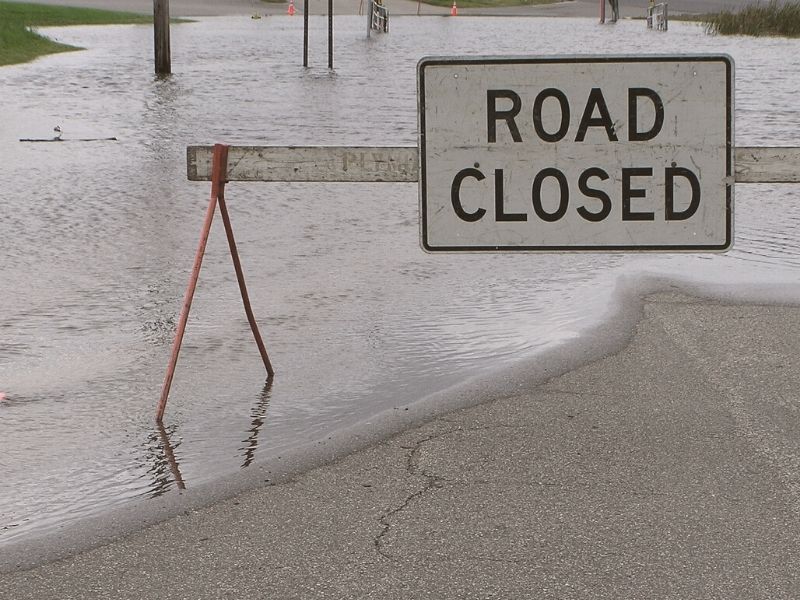
Provide a factual update on the status of your business, in the context of the flood, bushfire or any natural disaster is affecting your region that your market has likely seen in news reports. You know your area best and in light of a natural disaster, it becomes your responsibility to share the information you have with your audience.
People who are not familiar with your region are not going to be on top of what’s happening there so you can give them guidance and reassurance by acknowledging the situation and giving them the facts.
Give an honest account of what’s happening with your business and your area. Are you open or have you had to shut your doors temporarily? Are you close to the danger or far away? Provide information about your proximity to the danger and any road closures that customers should be aware of. It’s also important to let people know what you are doing to stay on top of emergency advice.
The key here is to try to imagine what your audience is thinking and what their concerns may be. You can address these concerns through some social media posts by putting up a notice on your website.
Your audience will appreciate your honesty and openness about the situation if you share this kind of update.
Tip #2: Write a blog post
- What has been affected in your community?
- How were you affected by events (personally and your business)?
- How is recovery going in your community, are you ready to welcome customers or do you need more assistance. How can your reader best assist your region right now?
Tip #3: Share the positive!
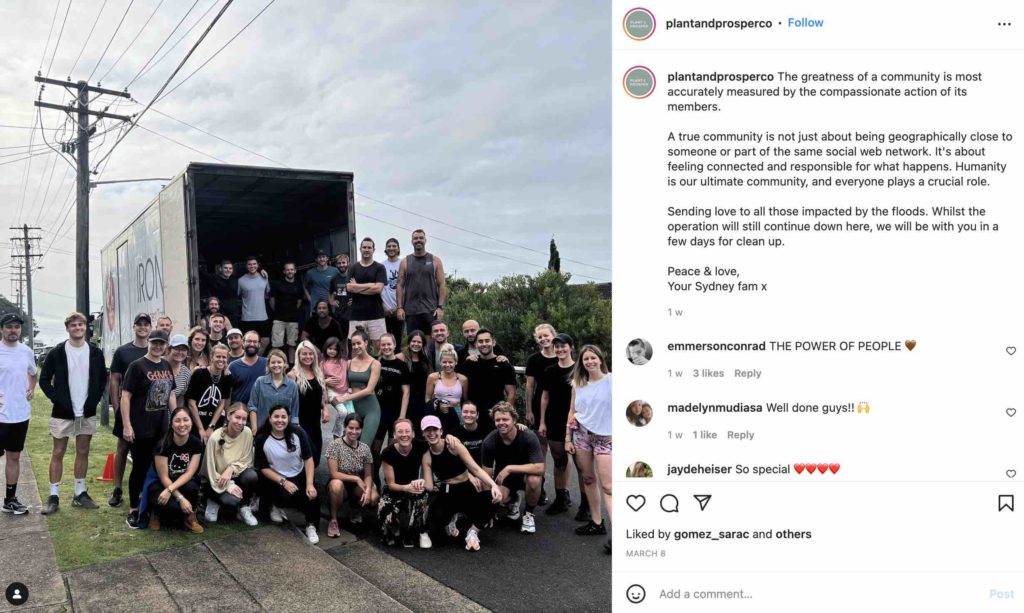
We’ve seen the devastation the destruction – it’s been on our TVs, news feeds and becomes a part of many conversations. And by no doubt, the current environmental crisis has affected hundreds, if not thousands of businesses. Whatever has occurred in your community, the most important action for a business remains the same: communication.
The pandemic brought with it an era of “doom-scrolling” where audiences are endlessly bombarded with bad news stories and crises of every description. The amount of negative media attention that a disaster brings can be exhausting and paralysing to audiences.
You can relieve some of this anxiety by sharing an uplifting story that has come out of the event, or what you may be experiencing as a business right this moment.
Here’s an exercise to help.
Thinking about the challenging event or circumstance you or your business has encountered, it was undoubtedly stressful, exhausting and frustrating. Through that experience, however, consider the positives that began to emerge. Perhaps you haven’t yet had time to see any positives and this could be a great exercise for you. After thinking about the experience, begin to note down any positives that you experienced or are experiencing at this current moment.
Here are some examples for you that you may be able to work with;
- The community banded together
- A local business has offered some of their resources to those who need it
- Receiving an unexpected hand from a friend, neighbour, relative or stranger
- People from outside of your community arrives with supplies and needed donations
- Maybe there is a hero story or a selfless act that you may wish to share
Once you have written down some positive experiences, elaborate on them and flesh them out. Depending on the story, think about how you can use this for your social media channels, your email marketing, or would it be a great story to craft into a blog post?
After so much devastation, it’s most likely that a good new story will be received well by your audience. SO give it a try, keep the communication open, honest and in this case, share the positives.
Tip #4: Speak with other business owners

A recurring theme in the wake of a natural disaster is the idea of community spirit. However, this concept extends beyond the immediate needs of people impacted by the disaster events. In the context of marketing your business and rebuilding customer relationships, it helps to collaborate with other local businesses.
You and other businesses and organisations in your community can step up here by communicating with one another. You need to find out who is operating, who isn’t, how they may have been affected, and what collaborative opportunities may be available to benefit multiple businesses.
Then, we recommend promoting other businesses in your social media and blog posts. Have a look using your local and industry hashtags for great posts by other local businesses that are compatible with your product. So if you are a hairdresser you may consider seeking out other beauty or retail businesses to collaborate with. This could be as simple as sharing each other’s Instagram posts or including a small promotion of their in your monthly email newsletter. If there is space for a more serious partnership consider combining your product offerings into a package deal.
This is also great for those people who sometimes have trouble coming up with new content ideas for their social media channels as it gives you something to post about when you feel like you’ve got nothing to post about.
Tip #5: Ask for reviews
As any small business owner is well aware, online reputation MATTERS! What your customers say about your business on Google, Facebook, Tripadvisor, Zomato and everywhere else in between has a very real impact on the expectations of potential customers.
After a natural disaster, customer reviews can carry even more weight than usual. This is because testimonials are perceived as highly credible and positive quotes from customers who have visited during the recovery period can be reassuring to future potential customers. It’s one thing for you to say you are doing well and to tell your audience that your product is still worth purchasing, but the same sentiment coming from a paying customer has much more value.
You should be speaking with any customers you have now, who have used your service in the post-disaster period and ask them to leave you a detailed review. Any customers who are aware of the struggle that your business has gone through are likely to be looking for ways to help. This is a great way for them to help!
Ask your customers to write a positive review on the platform of your choice. You might like to do this in person at the end of your interaction with them verbally or by having a sign with a QR code at your service counter, alternatively, you might prefer to send a follow-up email. Whichever method (or combination of methods) you choose, your message should briefly speak to your experience of the bushfires, then let the customer know how much it would mean to you to have them write you a review online. The advantage of the email method is that you can make the process very easy for your customers by providing direct links to any or all platforms for them to complete their review.
Once the reviews start coming in, don’t forget to respond to them as soon as you can. And don’t just leave a cut-and-dry “thank you” message. Leave a unique response that addresses their comments accordingly and, if it’s appropriate, use the opportunity to offer additional information about your business and, of course, thank them for taking the time to leave a review. For potential visitors who might be researching your business, this shows them a few things: it shows that your business is doing well despite the disaster, that other people have been enjoying your product or service, and that you care about your customers enough to read your reviews and leave responses.
The last step in this process is to make the most of these excellent reviews. Include them on your website on the homepage and in a dedicated testimonials section. And, of course, share the best messages on your social media channels.
Tip #6: Recruit mascots!

The nature of news media means that it will focus on the disaster coverage while the situation is at it’s worst. Then as quickly as it began, it moves on to the next crisis or disaster to report. Unfortunately, this means that the media will rarely come back to give the good news story after the impacted region has recovered. This then leads to the view in the consumers’ minds as negative or at best, inconclusive.
It’s within your best interest to grasp this opportunity to spread the good news – you will need to ask for the assistance of your customers to help you to do this.
Did you know, that two-thirds of marketing is not done by advertising, it’s done by your consumers? Your consumers have an abundance of voice, and it is these voices of your customers that can help to rewire a negative audience perspective.
Here are a few ideas or you on how you can use your customers and online community to help. You will need to put on your opportunistic googles to see these opportunities:
- Ask your customers if you can take a picture of them enjoying your business and write down a few words that capture their feedback. Post this to relevant online channels. Caption the endorsement and grab their names. (Remember to ask for their permission to share).
- Create an Instagram Story Highlight that summarises your experience and outlines how your audience can help you by sharing a specific post or promotion or even a personal recommendation online.
- Film a video with a happy customer and ask them about their experience to share on social media. You really need to take the opportunistic approach here!
Whatever you do, the key is to make it simple for your customers and thank them in advance for their support. Emphasise how helpful this is to your business’s recovery after the disaster to encourage the generosity of your audience.
Tip #7: Protect your passwords and digital assets
Storing important login details in a paper notebook and backing up all of your digital files in a physical hard drive will leave you with nothing if it doesn’t also exist in the “cloud”.
If your office was to burn down or the electricity to it got cut off, would you be able to access your work files from anywhere?
In case of emergency, could you access your customer information from any computer or device and send them a critical piece of communication?
To be able to do so you need your files and systems to be cloud-based (online) and you need access to your logins and passwords.
It is critical to take advantage of the secure systems that exist that allow you to protect your business not only from hacking attacks but from being able to operate in critical times. Password management software (such as LastPass or 1Password) will save you from the agonising headache of not being able to log in to important online assets such as your internet banking, email, CRM and other digital assets.
Tip #8: Reconnect with past customers through email
During the period following a natural disaster, it’s important to reestablish your target market’s confidence in your business. The most valuable asset you have right now if your existing customer email list.
In an ideal world, your email database would be segmented, your messages personalised for each recipient and you would be utilising automation and integration techniques. We understand that many businesses don’t have these best-practices in place yet. But, this shouldn’t stop you making use of email in your disaster recover marketing. So even if you don’t have a tidy aggregated database or CRM software you should include email in your recovery marketing arsenal.
For those businesses who don’t use any CRM tools and have never used an email list before, the most simple solution would be to gather the emails of all of your past customers from the last 2-3 years from your sales system and create a spreadsheet with their names and email addresses. Obviously, the more personalised information (gender, postcode, purchase history) you can gather and manage the better. Even if you don’t have the capacity to segment your list right now for this email campaign, it’s great to keep track of this information so that you can target certain groups further down the track.
We want you to reach out to this group because you have already established a relationship with them. They have used your service or bought your products and have hopefully enjoyed their interaction with you so far. The hope here is that they are aware that you may have been affected by the bushfires in your area and will be curious about what your current status is. That interaction with your business – those memories they made with you – gives them a small sense of ownership and responsibility for your region. And that’s why we want to reach out to this group specifically.
For those businesses who are temporarily closed while recovering:
Your email should focus on keeping your relationship going. Provide your past customers with an account of your experience and advise them that when you re-open you hope that they will visit you again. Also, let them know that when you do reopen you will be in touch with them again to let them know and invite them to engage with you again.
For businesses who are operating:
Your email message should provide a similar account, but focusing on letting them know that you are open and you’d love for them to come back and they’d really be helping out if they did. You might like to extend them a special offer. Let them know that as they are previous customers you would like to offer them a special 25% discount, or whatever special offer works for your business.
In both scenarios, you are leaning on that memory that these customers have of their experience with you which ties them to your business.
You do need to get into the sales mode here and think about what you want the person receiving the email to feel and what you want them to do. So give them a call to action that they can engage with at the end of your email. If you can, we strongly suggest looking at an email platform such as MailerLite. MailerLite is very affordable and makes it easy for you to personalise and customise email campaigns in a way that is very visually engaging and fairly simple and very professional. Eventually, you might wish to go one step further and use a more complex and adaptable solution that gives you extra functionality such as email automation.
It’s important to start working on this as soon as you can. Get mobilised and start communicating via email because not everyone will see your social media posts.

